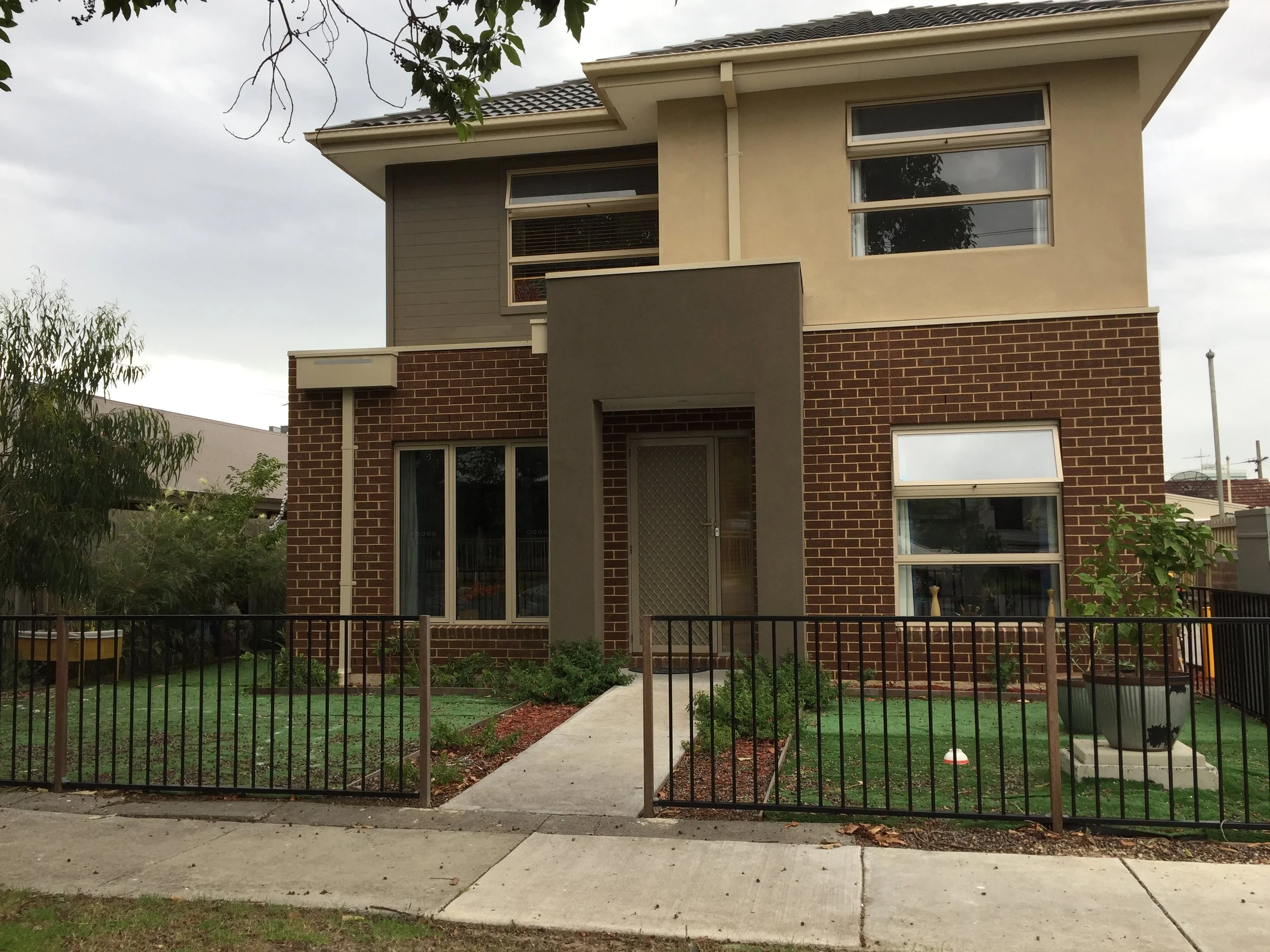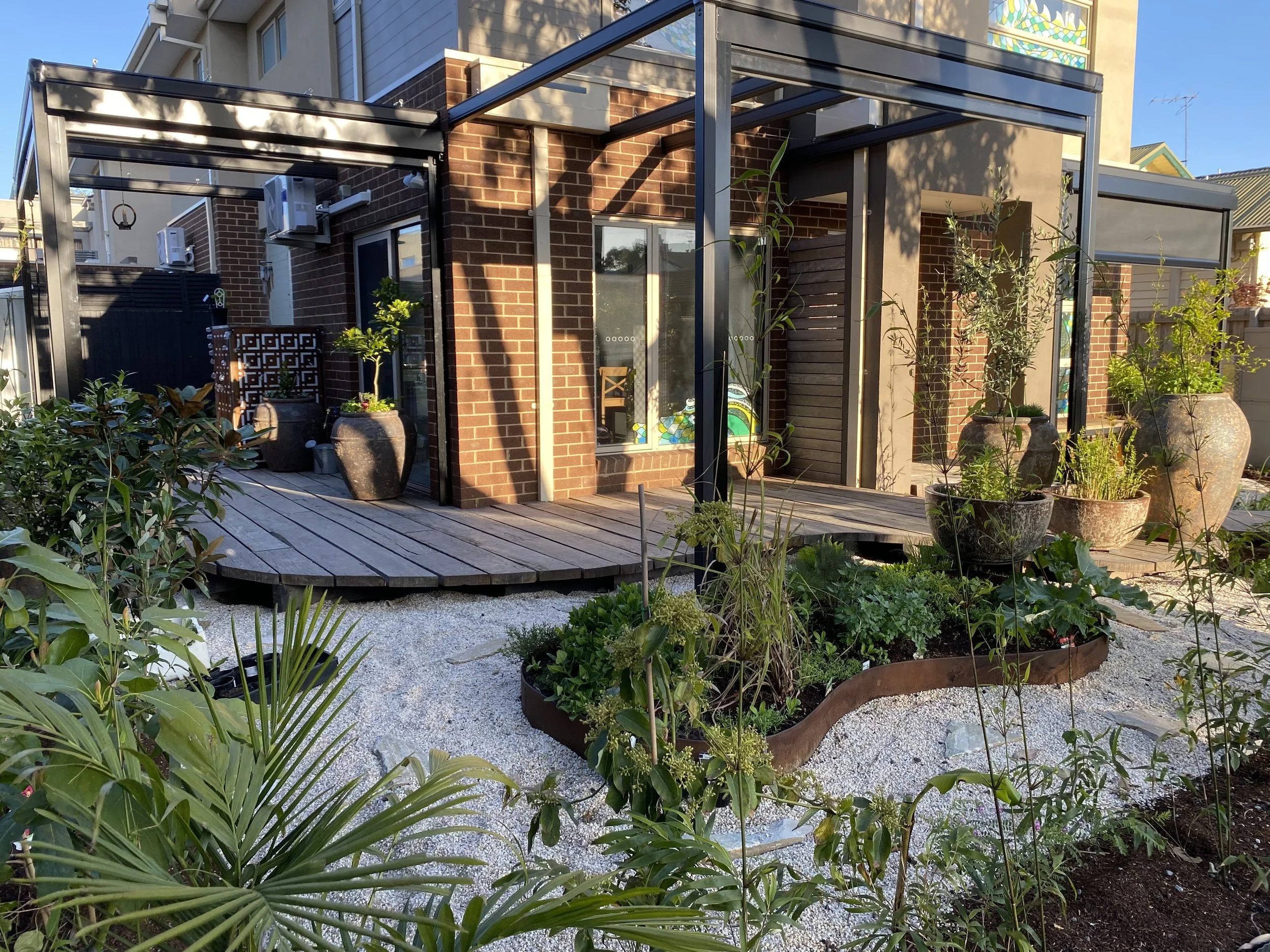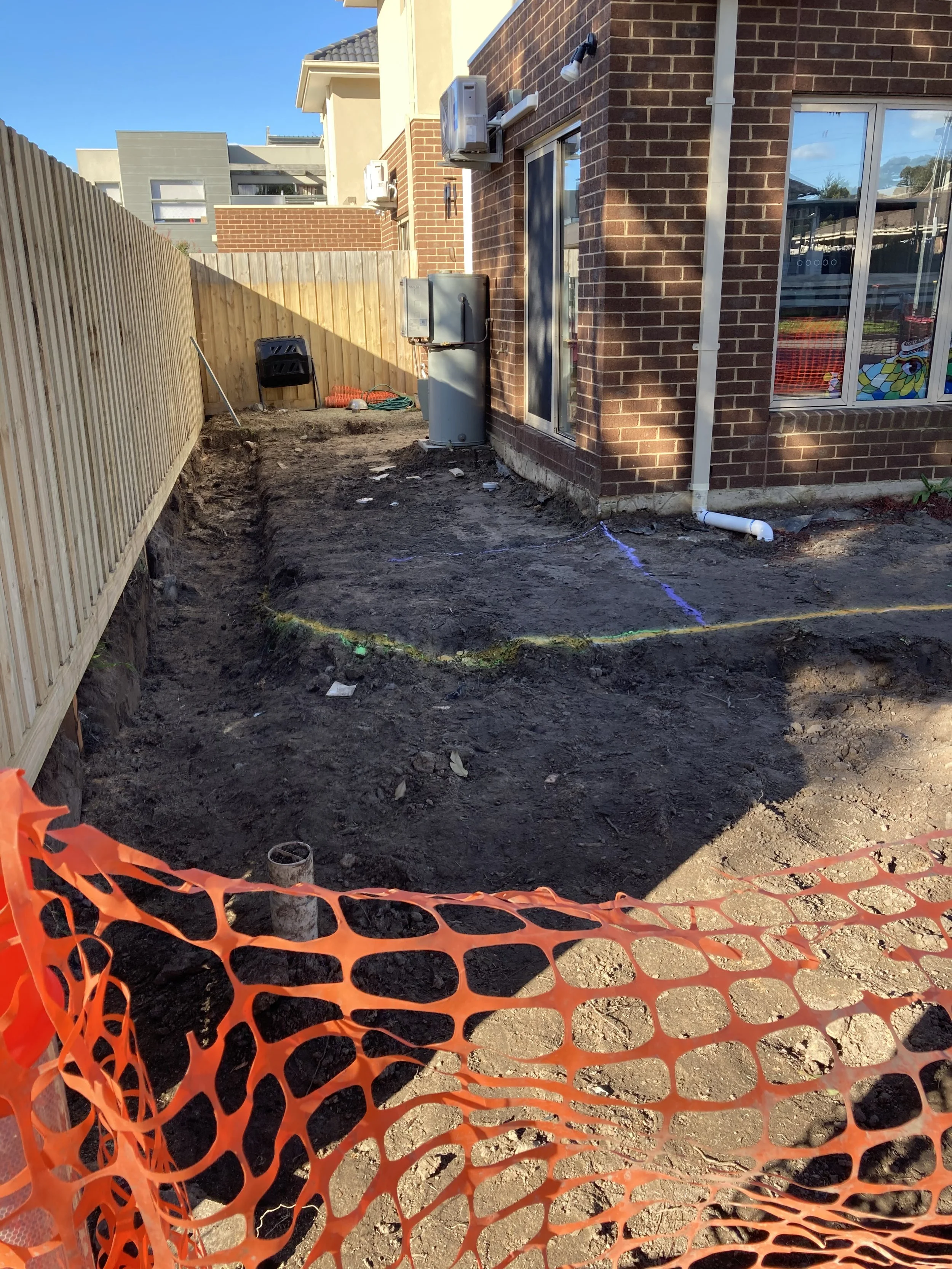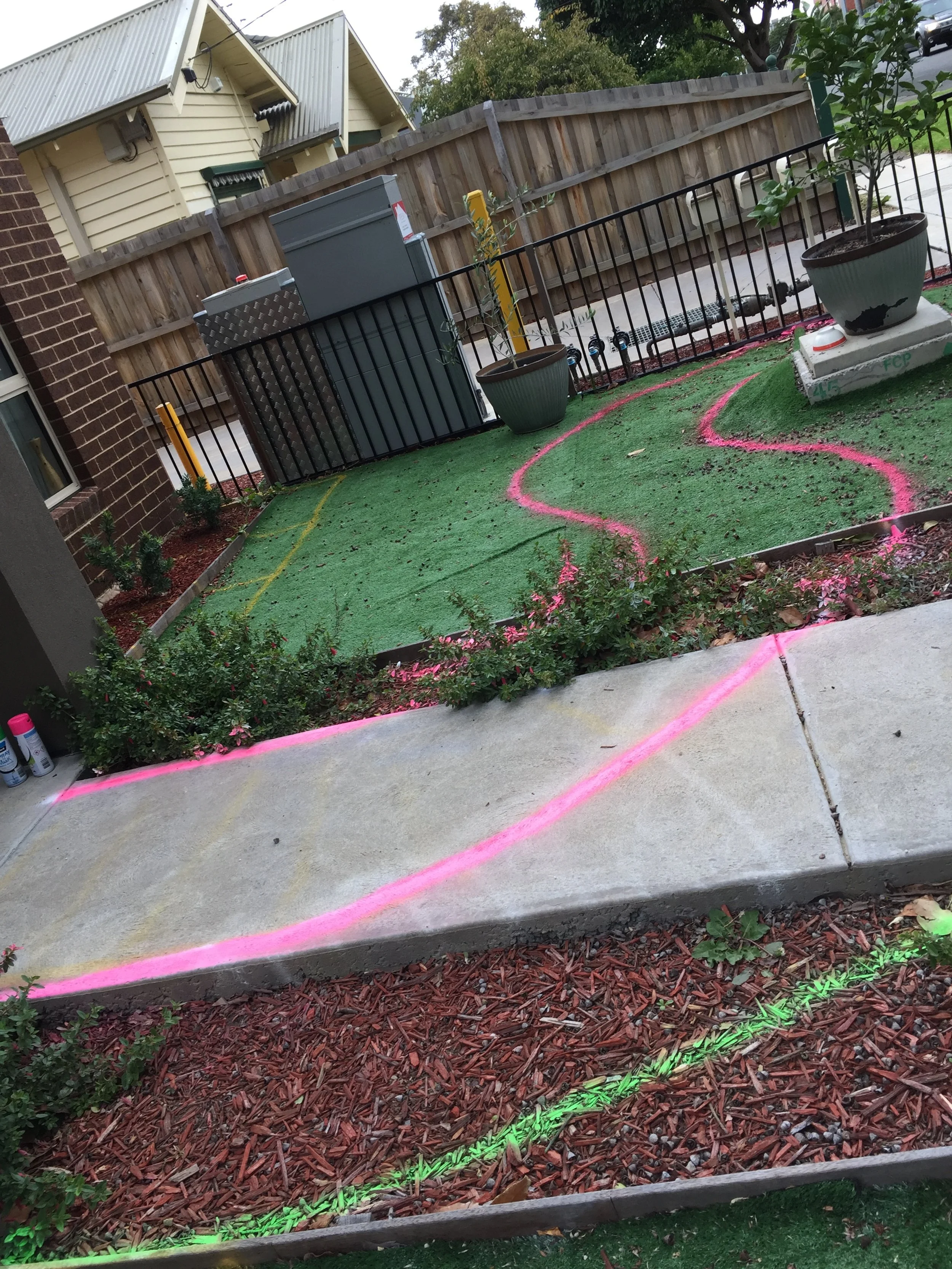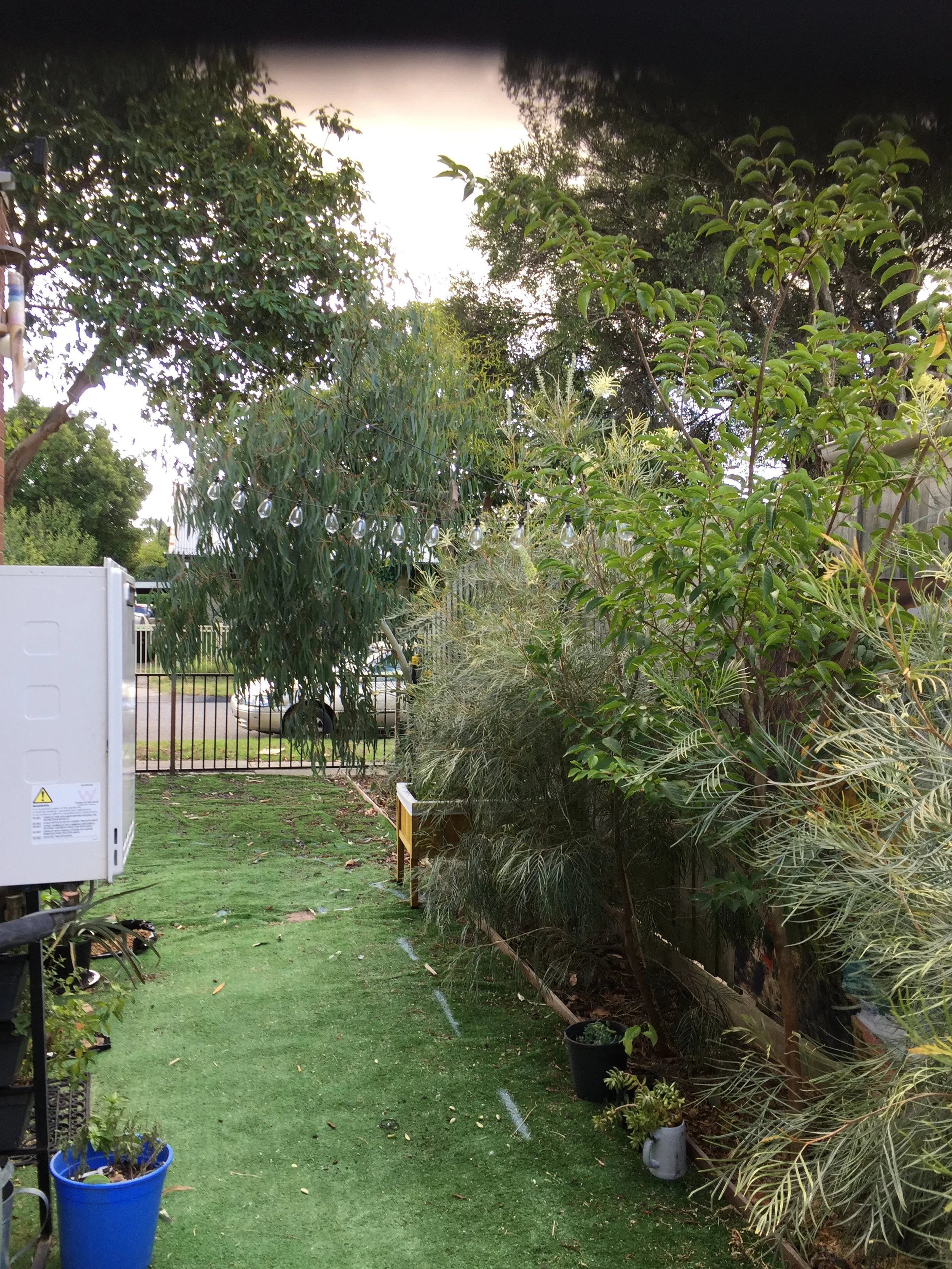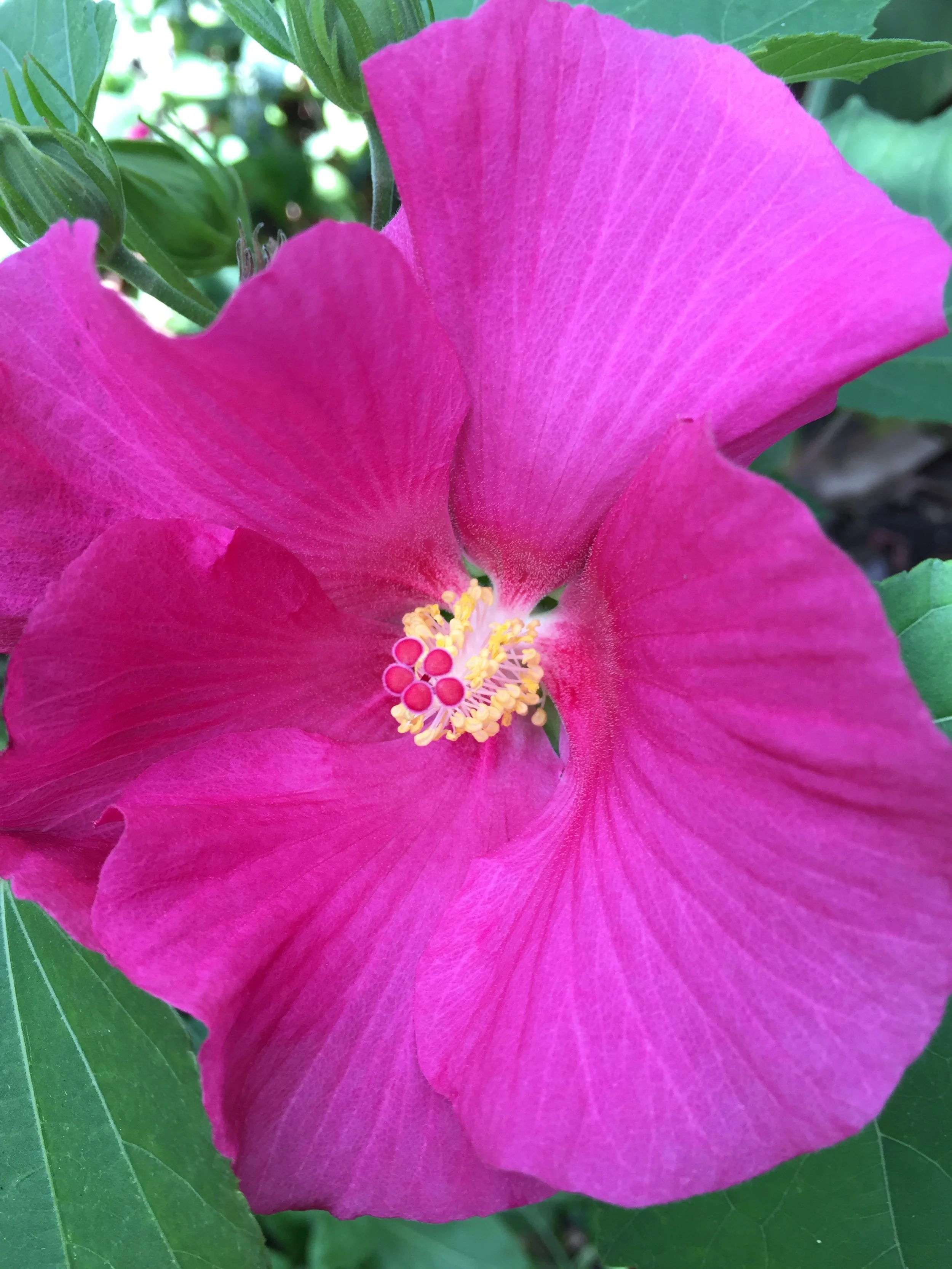Tropical dreams
One outer suburban residence wanted to bring their island past into everyday suburbia. The results were magical.
“Despite the relatively small garden area, the site has an incredible amount of plant diversity. ”
Having fallen in love with Samoa while they were working there, Melbourne couple Anke and Andrew were inspired by island life amid an abundance of nature.
They wanted the garden in their new outer suburban townhouse to evoke a carefree, relaxed outdoors lifestyle – a far cry from the astroturf that surrounded their new build.
The couple loved the piers and jetties around Samoa so a large deck made from thick planks of tough ironwood to evoke pier timbers was designed to flow around the house becoming an outdoor room that allowed them to live outside, especially during the hot weather. They loved the barefoot lifestyle of island living so fine caramel-coloured pea gravel - lovely to walk on - became the main groundcover and did away with the need for paths and grass.
As the house faced West and was blistering hot during Summer afternoons, Pergolas with outdoor blinds were added to shield the house on the hottest of days. The entire house was wrapped in a thermal layer of deciduous Virginia Creeper, providing leafy green Summer shade with its trailing green curtains, along with Autumn colour and Winter sun.
Andrew grew up in the Tropics and so the Food Forest the couple had their heart set on took on a decidedly tropical feel: Bananas, Guavas, Avocados, hot coloured Bougainvilleas, Taro, Babaco, Citrus, Palms, Bamboo and lush plantings with plenty of cooling green to deal with hot days. Water pots full of fish and aquatic snails to combat the mozzies added to the biodiversity with a suite of water plants including Lotus, Purple Loosestrife, Milfoil and Papyrus.
A raised vegetable planter, affectionately dubbed ‘the peanut’ in honour of its shape, was sited at the front of the house and was soon bursting with edibles: Perennial Fennel, Chicory, Warragul Greens and Rhubarb among many others, as well as plants to support beneficial insects such as Yarrow and Calendula.
As all the plants were perennial - harvesting meant cut and come again rather than ripping out an entire plant for a few salad leaves - and none of the fruit trees needed pruning, this was truly a low-maintenance garden.
Large pots were selected to go around the site to add more growing space for trees, including Olive and Pomegranate, with a dense groundcover of herbs and edibles to out-compete weeds and cover the soil.
In the rear garden, edible climbers included a Passionfruit, Choko, a few varieties of Grapes and an espaliered Lemon. A small courtyard with crazy paving surrounded by a margin of native Dichondra – the merest suggestion of a green lawn – allowed the couple to have their morning coffee outside.
Necessity is the mother of invention: a water heater that couldn’t be moved was wrapped in rusted Corten steel and turned into a light that glowed softly at night.
“A big driver behind the design was the need to cover the soil ... protecting the soil structure and biota. Many of the plants supported beneficial insects and wildlife, helping the garden form its own ecology.”
It was important to have lots of seating and storage so we added lots of deck benches that doubled as storage and a shallow cupboard in the rear area for garden tools. The edge of the deck is the exact height of a step and was also good for sitting on.
To make this part of the garden a private courtyard that could only be accessed from inside the house, we wrapped a dense living bamboo fence around the courtyard that will in time create a secluded green sanctuary.
The other side of the front garden was intended to be completely different: a public garden without fences inspired by Californian gravel gardens. The palette here was muted and restrained, the plantings tough and drought proof to withstand the hottest of days relying only on rainfall.
A curved boardwalk meandered through this section of the front garden in no hurry to get to the front door: the idea here was to stop and experience the garden, allowing it to be an immersive experience, not just a background blur on the way to somewhere else. A nearby bench beneath Wisteria invited you to contemplate the dragonflies hovering over the water bowls or lazily trace the flight of bees, notice the drumstick forms of the ornamental onions, feel the soft velvety leaves of the Lamb’s Ear groundcover and the soft fluffy paintbrushes on the indigenous Mulla Mulla grasses, brush past the scented plants and note the contrast of grey textured foliage accompanied by the delightful crunch of fine gravel underfoot.
“A curved boardwalk meandered through the front garden ... the idea here was to stop and experience the garden, allowing it to be an immersive experience.”
A big driver behind the design was the need to cover the soil with dense planting and mulch topped by gravel, keeping the soil moist, evening out the temperature fluctuations, protecting the soil structure and biota from the sun and erosion by wind and rain. Many of the plants supported beneficial insects and wildlife, helping the garden form its own ecology.
Despite the relatively small garden area, growing space was maximised and included vertical surfaces, which allowed the site to be intensively productive with an incredible amount of plant diversity. Each (mostly edible) plant served multiple purposes, including screening, shading and wind break. Despite how hard the design worked to balancing all these considerations against the liveability of the space, the result was a lush garden that still felt harmonious and restful.
Andrew says he still catches his breath when he turns into the street and catches sight of the garden while Anke calls this a healing garden that has created a community in their neighbourhood. Strangers regularly stop to admire the garden, fall into conversation, share stories and leave as friends.
“As all the plants were perennial ... and none of the fruit trees needed pruning, this was truly a low-maintenance garden.”
Feb 2021
Nov 2022
Nov 2022
Apr 2021
Jun 2021
Nov 2022
Dec 2022
Apr 2021
Dec 2022
Dec 2022
Feb 2021
Dec 2022
Nov 2022
Apri 2021
Nov 2022
Jun 2022
Jun 2022
Jun 2022
Nov 2022
Nov 2022






